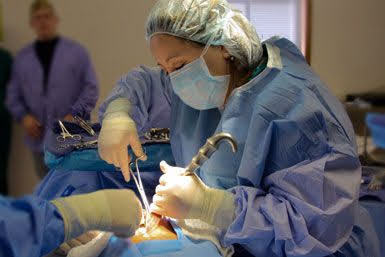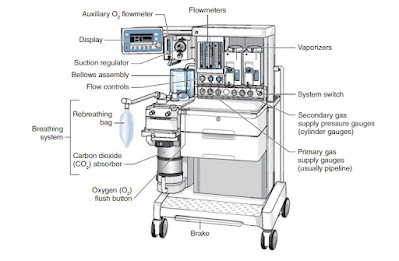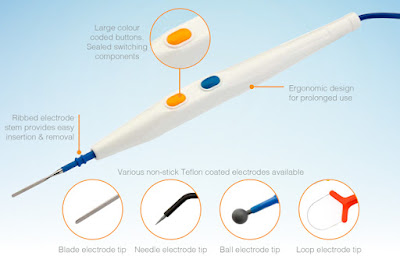Effective Suctioning in Clinical Settings: Duration and Safety Considerations
What is suctioning and its effects?
Suctioning of fluid during surgery is a common practice that helps to maintain a clear and safe surgical field. It is typically done using a suction device, such as a surgical suction device, which is a tube connected to a source of suction, such as a vacuum.
Fluid suctioning during surgery can be used to remove blood, saliva, and other bodily fluids that may accumulate in the surgical field. This is important for maintaining visibility for the surgeon and preventing fluid from entering the patient's lungs and causing complications. Suctioning can also be used to remove debris, such as bone chips, during orthopedic procedures.
During surgery, the surgical team may use various types of suction catheters to remove fluid and debris. These can include rigid suction catheters, which are used to clear large amounts of fluid, and soft suction catheters, which are used to remove smaller amounts of fluid. Additionally, suction may be used during surgery to clear the airway of a patient.
Suctioning can be performed via:
1. Oral suctioning – Through the mouth.
2. Nasal suctioning – Through the nose.
3. Endotracheal suctioning – Through a tube inserted into the trachea (for patients on mechanical ventilation).
4. Tracheostomy suctioning – Through a tracheostomy tube.
What complications can happen due to suctioning?
Suctioning can also cause trauma to the tissue, which can lead to bleeding, inflammation, and other complications. It can also cause hypotension due to decreased blood flow and decreased blood pressure, and it can also cause bronchospasm and laryngeal spasms. In addition, suctioning can also lead to hypoxemia, which is a decrease in the amount of oxygen in the blood.
How much time suctioning can be used?
For intermittent suctioning (e.g., clearing a blocked airway), suctioning should typically last no longer than 10-15 seconds at a time. Prolonged suctioning can lead to oxygen desaturation, tissue trauma, and arrhythmias. If suctioning is needed for a longer duration, the procedure should be broken up into several short sessions with breaks in between to allow for recovery of the oxygen levels.
For continuous suctioning (such as with a tracheostomy or for secretions that need ongoing management), it can be maintained, but only as long as needed, and regular assessment is crucial to avoid complications like mucosal damage or oxygen desaturation.
It is important to consult with a healthcare professional for guidance on how long suctioning should be used for your specific situation. Additionally, it's important to take breaks in between suctioning sessions, and not to use suctioning excessively as it can cause irritation or even injury to the airway.



